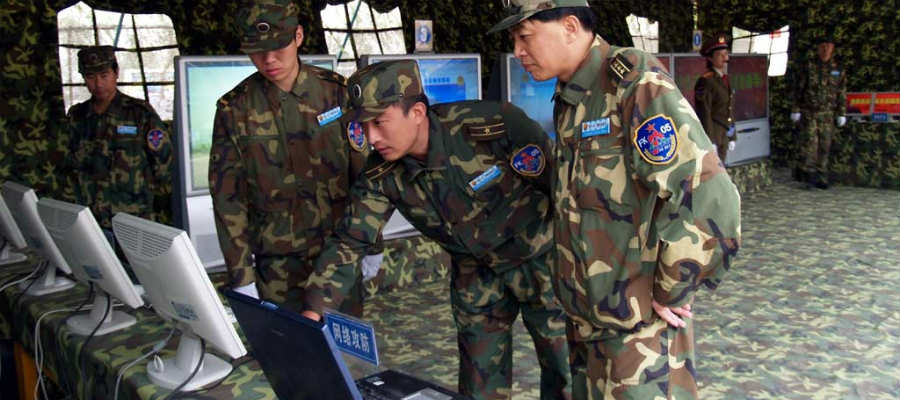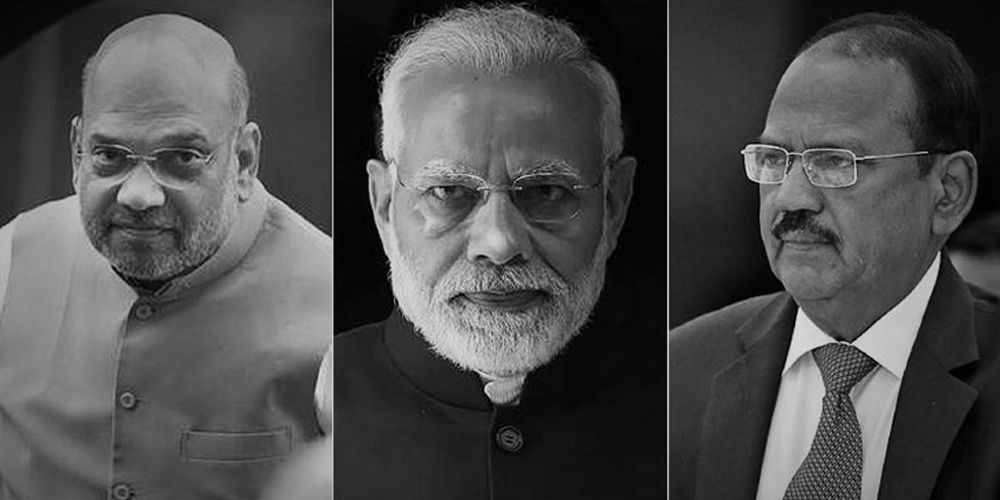 As India awaits the arrival of its new aircraft carrier, reports have emerged that China is ready to launch its first aircraft carrier.
As India awaits the arrival of its new aircraft carrier, reports have emerged that China is ready to launch its first aircraft carrier.
According to China’s official Xinhua News Agency, the carrier, being built at a shipyard in Dalian, will be ready to sail later this year. The news agency released 20 photos of the carrier that will make China the first country in the Northeast Asia to launch a carrier of its own.
The development can have long-term implications in the Indian Ocean Region where India is also keen to secure its oil transport routes.
The carrier, named Varyag, is a 67500-ton Russian Kuznetsov class ship. It was bought by Macao’s Agencia Turisticae Divorsoes Chong Lok Limitada at a price of $20 million from Ukraine. The company claimed that the ship would be converted into a “casino at sea” but the plans were changed and now it is ready as China’s aircraft carrier.
It took China 13 years to complete the carrier as the ship was purchased without an engine. Beijing did not have the technology required to build aircraft carrier engines. Experts following the development on the carrier speculate that a commercial vessel’s engine has been mounted on the carrier, which will help it sail at a maximum speed of 20 knots.
UK-based Jane’s Defence Weekly has reported that the carrier would come equipped with phased array radars and surface-to-air missiles. The carrier can host around 50 aircraft of various types, like Russian-made SU-33 and modified Chinese J-10, along with anti-submarine and early-warning helicopters.
An Asia Times report says that China started training its fighter pilots to make them capable of operating from an aircraft carrier way back in 2008.
The aircraft carrier will be christened as ‘Shi Lang’ (pennant number 83) after a Ming dynasty admiral who conquered Taiwan in 1683. According to a news report in the Chinese media, “the Han Chinese leader defected from the Ming to the Qing Dynasty and accomplished great feats. His name befits the vessel whose nationality was changed from Ukrainian to Chinese and is associated with the rise and fall of great world powers”.
The Shi Lang will give Beijing a platform to test its carrier-based fighter jet technology and develop carrier battle strategies. It is also reportedly constructing another carrier in Shanghai, which might be deployed by 2016.
China also plans to develop nuclear-powered aircraft carrier by 2020. According to a diplomatic source in Beijing, China will build two or three more conventional aircraft carriers and a nuclear-powered carrier based on the technological know-how it has gained from developing Shi Lang.
One of the vital objectives of China’s decision to develop a carrier is to secure safe routes for its crude oil imports from the Middle East. China imports 60 percent of its oil and US’s upper hand in the Indian Ocean and South China and East China seas can severely threaten its energy security.
This development may also have an impact on the Indian security scenario. Retired Vice Admiral Pradeep Kaushiva told DNA newspaper that a Chinese aircraft carrier is not a cause for worry, but a matter to be taken serious note of by all maritime players. “A full-fledged operational deployment of a carrier battle group by China would be a very major strategic change in the maritime scenario,” he added.
China’s new naval strategy seeks to expand its strategic sphere of influence to the Pacific and Indian Ocean Region. It has conducted massive naval exercises last year and the addition of an aircraft carrier will be a key to achieving its objectives.
India will have to be very cautious as in an event of a possible confrontation with Pakistan, the Chinese aircraft carrier in the Indian Ocean could have serious implications on our capabilities. Also, India will have to plan for a possible event of a two-front war.
The news of aircraft carrier has also rattled China’s neighbors, especially Taiwan. According to a retired senior official of the Chinese Navy the carrier would be in a position to move in areas surrounding southern and eastern Taiwan, a scenario that would pose “a certain threat” to the country.
Reports say the carrier will be deployed in the South China or East China seas, where it has territorial disputes with Japan and Vietnam.
A Chinese aircraft carrier battle group in future may be a formidable power projection tool. According to an Indian defence think tank, Centre for Air Power Studies, this would also reinforce fears in its neighbours that Beijing intends to resolve its territorial disputes by force.
South Korean media has urged its government to assess the impact of a Chinese aircraft carrier on its national security.
The current development is surely going to change security equations in the Pacific and Indian Ocean Region.
(This article first appeared on the website of Centre for Land Warfare Studies on April 15, 2011)


